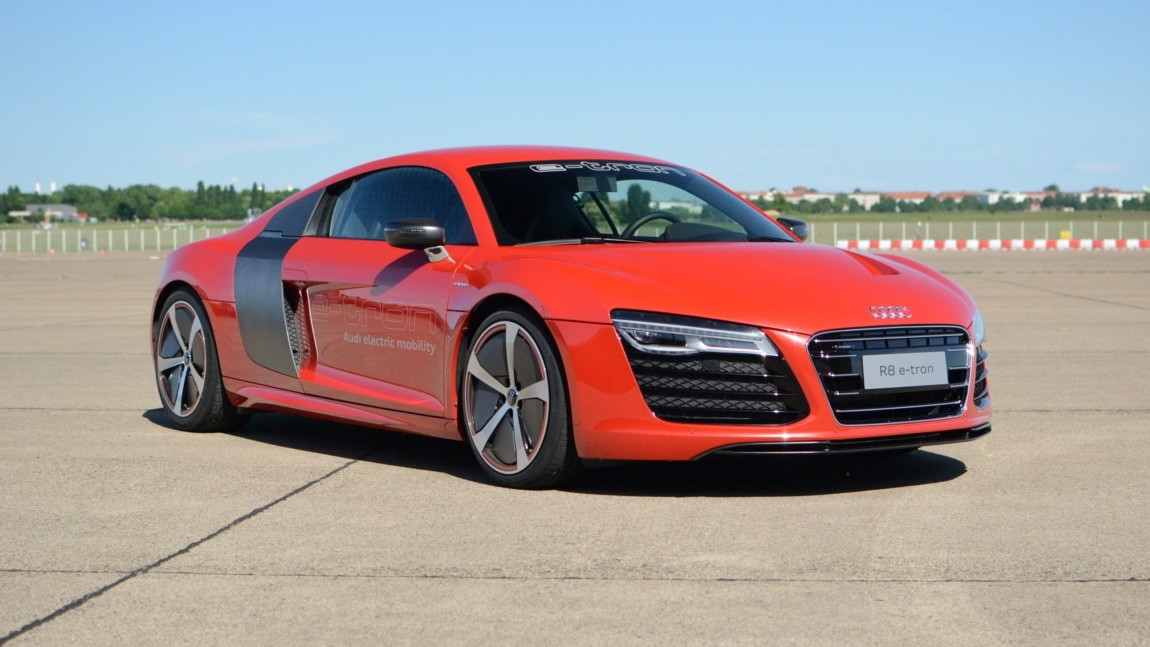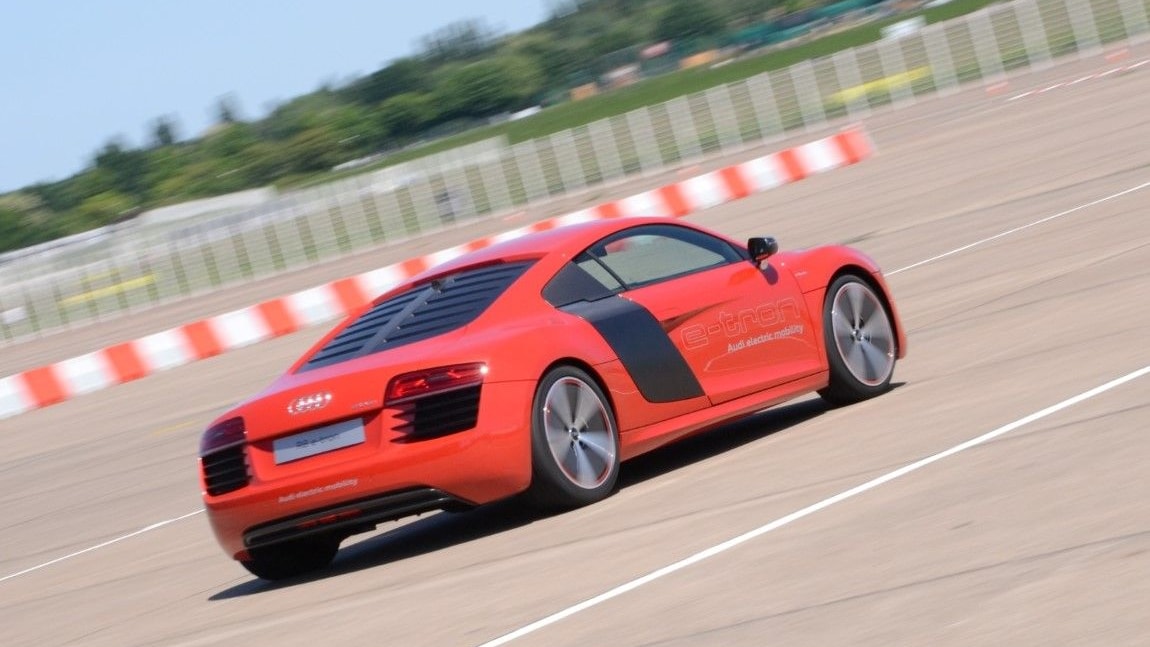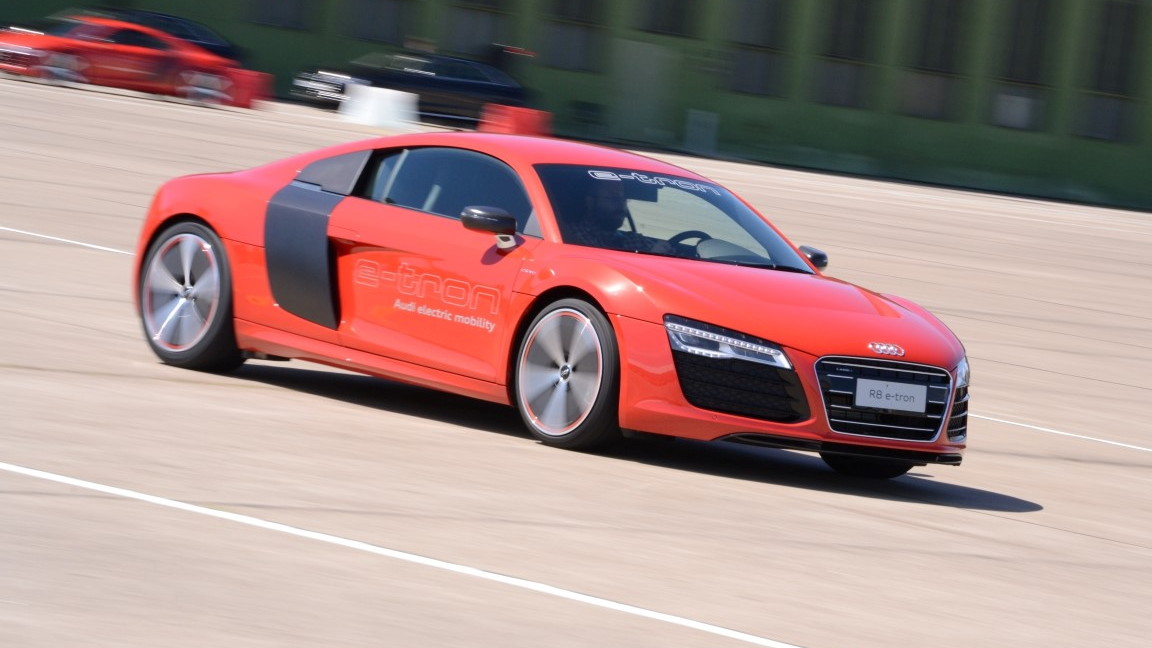But the plug might not have been pulled completely. According to Dr. Ulrich Hackenberg, the member of the Audi AG board of management in charge of technical development, the R8 e-tron was an important development step for electric vehicles; and for now it's merely dormant.
“You only can increase your competence if you are working on a complete project,” said Hackenberg, speaking to the point that it served as a platform for e-mobility development. “That’s what they did with Audi e-tron.”
Advancing e-mobility: as a mule or a racing horse?
Audi only built ten R8 e-trons—all for internal purposes and not for sale, sadly—but the car was quite extensively developed and tested, and the engineering team reached some intriguing performance numbers with the R8 e-tron: 0-62 mph in just 4.2 seconds, with a (limited) top speed of 124 mph. Based on our brief time behind the wheel, acceleration and performance are stunning—especially the 605 pound-feet delivered by the twin 140-kW electric motors. The e-tron doesn't have all-wheel drive, but handling and traction are improved through a special torque-vectoring system.
Rumors earlier this year pegged the R8 e-tron's demise to the slow progress of battery technology, and the persistent high cost of the 48.6-kWh power packs—a conclusion that Hackenberg essentially corroborated, also pointing to the supercar's limited (133-mile) driving range.

Audi R8 e-tron, technical details
For now, Audi fans wanting a plug-in have a more down-to-earth vehicle to look forward to: the 2014 Audi A3 e-tron plug-in hybrid.
Fully developed, but mothballed and waiting for better batteries
“The range is limited by the batteries; so it’s a question of how much range needs a customer to accept the car,” said Hackenberg, stressing how much he liked driving it. “Maybe in the future if we have some batteries that are better, there could be some real potential...so let’s see, give it some time.”



















